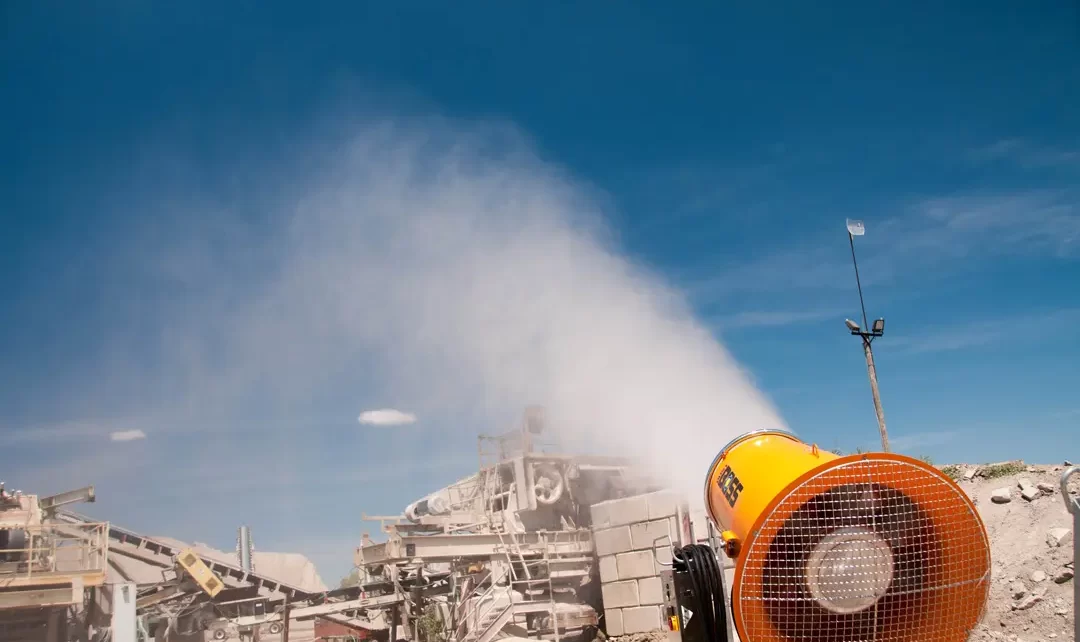Managing dust effectively is crucial for industries like construction, mining, agriculture, and manufacturing. As such, uncontrolled dust can cause operational inefficiencies, health risks, and regulatory issues. Fortunately, advancements in technology have introduced innovative solutions for addressing dust problems. By understanding and implementing these technologies, businesses can boost productivity, improve worker safety, and reduce environmental impact.
Chemical dust suppressants
Chemical suppressants are widely used in industries requiring long-lasting DustControl. These solutions are applied to surfaces, forming a binding layer that prevents dust particles from becoming airborne. Polymers, adhesives, and other chemical formulations are tailored to specific needs, providing durable coverage even under heavy traffic or extreme weather. This method is particularly effective for large-scale operations such as mining and construction, where traditional water-based methods may fall short. Since chemical suppressants reduce water usage and reapplication frequency, they are both cost-effective and sustainable.
Misting and fogging systems
Misting and fogging systems represent a high-precision approach to dust suppression. These systems release ultra-fine droplets of water or other liquids into the air, capturing dust particles and bringing them to the ground. Misting systems are ideal for localized dust control. Hence, they are commonly used in construction sites, material handling facilities, and indoor manufacturing plants. Their ability to cover specific areas minimizes water waste while maintaining air quality. The latest dust suppression methods can be automated and integrated with real-time monitoring, allowing operators to adjust settings based on environmental conditions or dust levels.
Electrostatic precipitators
Electrostatic precipitators are highly efficient at removing fine dust particles from the air. These devices use an electrical charge to attract and collect particles onto plates or filters, making them particularly effective in manufacturing and processing plants. By targeting even the smallest particles, electrostatic precipitators help businesses comply with strict air quality regulations and protect workers’ health. While the initial investment may be higher than other methods, their ability to significantly reduce airborne contaminants makes them a valuable long-term solution.
Dust collection systems
Dust collection systems are a staple in industrial facilities where dust generation is constant. These systems use hoods, ducts, and filters to capture dust at its source and remove it from the air. Baghouse filters and cyclone separators are common components, each suitable for different types of dust and applications. Since the dust collection systems prevent dust from spreading throughout the facility, they help improve both air quality and equipment longevity. Advances in filter technology have made dust collection systems more efficient, reducing maintenance requirements and operational downtime.
Biodegradable dust control solutions
Sustainability is a growing concern across all industries, leading to the development of eco-friendly dust suppression technologies. Biodegradable suppressants are designed to minimize environmental impact while maintaining high performance. These solutions are made from natural materials that break down over time without harming the surrounding ecosystem. In agriculture and forestry, where environmental preservation is critical, biodegradable suppressants provide a practical way to manage dust while aligning with sustainability goals. As regulations increasingly prioritize green practices, adopting these solutions offers both operational and reputational benefits.
Dust suppression is no longer limited to basic methods. Today’s advanced technologies provide effective, efficient, and sustainable solutions for controlling dust in diverse industries. When companies invest in the right dust suppression technology, they protect their workforce, maintain regulatory compliance, and enhance overall operational efficiency.





